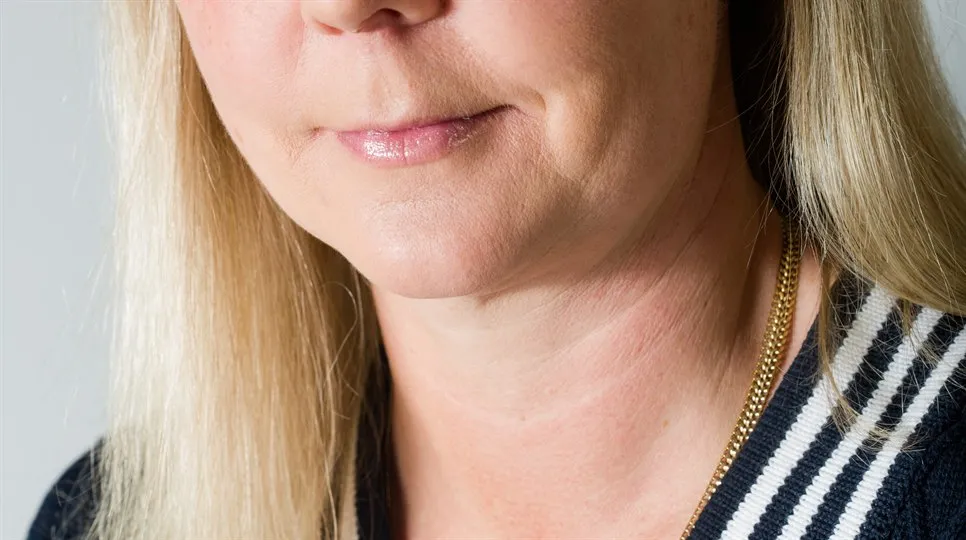Paper replacing plastic
A unique manufacturing method for reinforcing paper packaging could mea new opportunities for the forestry industry.
Researchers at Mid Sweden University’s FSCN research centre have succeeded in devising a stronger, more moistureresistant paper, with reduced energy consumption as an added bonus. It is now hoped that this paper can soon replace plastic in several areas.
The decrease in readers of newspapers in paper form has led to a drop in demand for virgin newsprint. As a result, the forestry industry has begun to look at new applications for so-called mechanical pulp, from which newsprint is made. However, since mechanical pulp fibres have the same chemical composition (lignin, hemicellulose and cellulose) as the highly rigid fibres of trees, forming a dense, strong packaging material from this type of pulp has proved difficult up to now.
Therefore, to make the paper strong enough, it has been necessary to use a chemical pulp manufacturing process whereby the lignin – the wood fibre’s most rigid component – is dissolved together with a large volume of chemical cellulose and used as biofuel. The drawback of this method is that half of the wood – the raw material – remains in the finished chemical pulp. In other words, the process involves extensive loss of material. Conversely, in the mechanical pulp, at least 90 percent of the wood remains. “Almost double the amount of paper bags can be produced from the same volume of wood if mechanical pulp is used,” says Gunilla Pettersson, Project Manager at Mid Sweden University’s Fibre Science and Communication Network (FSCN) research centre. Working with the other researchers at FSCN, she has now managed to turn the properties of lignin into something positive. By substantially raising the temperature when the pulp is pressed into sheets and dried, the lignin becomes sticky, functioning as an adhesive in order to stabilise the paper rather than making it brittle. “This is the first time this method has been used. All the paper bags you find in the shops are made of chemical pulp. We’re now trying to make the same robust products using mechanical pulp,” adds Pettersson.
Moistur-resistant paper bags
The method was discovered somewhat by chance during another research project, also dealing with mechanical pulp. “We tried to make the central cardboard layer as bulky and rigid as possible, and then noticed that if we tried to achieve high density instead, pressing the sheets together at a high temperature, we could also attain good strength and durability. We then proceeded in the same way.” Manufacturing large volumes of paper bags using energy-efficient mechanical pulp would also bring environmental benefits. If paper bags were to replace their plastic equivalents, we could more easily meet the EU directive which stipulates an 80 percent reduction in the use of plastic bags among EU nations up to 2025. However, in order for such a shift to be possible, the paper must first become more moisture-resistant. “One advantage of plastic bags and other plastic packaging is moisture-resistance. The majority of paper packaging cannot be used when moisture levels are high, but this paper is different. We think it can replace plastic in several areas in future,” adds Pettersson.
Collaboration with industry
Before long, researchers at FSCN hope to be able to test the method on a large scale in factory conditions. The Knowledge Foundation, the Swedish Energy Agency, the ÅForsk Foundation and the Nils and Dorthi Troëdsson Foundation research fund have contributed financing, while from trade and industry, SCA, Stora Enso and Holmen, among others, are working with FSCN. “All three companies have declining newsprint sales, and are interested in new products. They’ve been a real help. Partnerships make our research group stronger, and support from industry means we can achieve even better results. We also got much support from MoRe Research in Örnsköldsvik, where we borrowed the pilotplant for laboratory tests,” Pettersson says.
Text: Olle Sjögren
